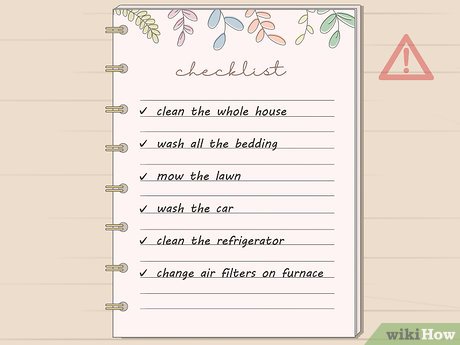
How to plan your year effectively: A week-by-week guide
A successful year requires not just a clear vision but also a solid plan to achieve your goals. Many people have lofty goals at the start of the year, but without a well-planned strategy, these goals might fade as the months pass. Breaking down your year week by week will help you better manage your time, achieve goals, and stay on track. This guide will walk you through a comprehensive, week-by-week technique for correctly planning your year, allowing you to maximize your productivity and reach both personally and professionally.
Step 1: Start with a clear vision
Before you begin planning, you must first choose what you hope to accomplish in the coming year. Spend some time reflecting on your profession, health, relationships, interests, and finances. Ask yourself the following questions:
- What major goals do I hope to achieve before the end of this year?
- What changes or developments in my life would be most beneficial?
- How will these goals improve my overall contentment and well-being?
Once you have a clear vision, write it down. A recorded approach that you can consult all year is essential. This becomes your lighthouse, helping you to stay focused when problems or diversions arise.
Step 2: Break down your goals into smaller, manageable tasks
Once you have a clear vision, divide your goals into manageable tasks. If you want to improve your physical fitness, break it into weekly training regimens, food plans, and goals such as completing a 5K or losing a certain amount of weight.For professional goals like starting a new business or gaining a promotion, you may schedule specific weekly duties such as updating your résumé, attending networking events, or completing online courses. The key is to make each activity achievable in a week so that you can develop momentum as you move forward.
Step 3: Allocate time effectively using a week-by-week approach
Your year should then be planned around the available weeks. Effective planning requires understanding that a year usually consists of 52 weeks. Dividing your time into weeks allows you to assign certain activities to each week, resulting in a balanced approach that prevents burnout and allows for continuous progress.If you’re wondering how many weeks are in a year, you can refer to reliable sources such as this article for a comprehensive explanation. Knowing the total number of weeks in a year helps you plan your timeline more effectively, giving you a clear picture of how much time you have to achieve each milestone.
Step 4: Create monthly check-ins and reviews
Setting up monthly check-ins is one of the best ways to stay on track. Evaluate your progress at the end of each month. Consider this:
- Did I do all of the chores I planned to do this month?
- What challenges have I faced, and how may I overcome them in the future?
- Am I on track to meet my overall goals by the end of the year?
These monthly evaluations allow you to adjust your strategy as needed to stay on track with your vision. If you find that some duties are taking longer than expected, you can change your timetable and assign chores to the following weeks while keeping in mind the year’s 52-week calendar.
Step 5: Prioritise and organise your tasks
When planning your year, make sure to prioritize your chores. Different weeks may be busier than others, so organize your schedule based on significance. You should take the following steps:
- High-priority tasks: Are essential for bringing your overall vision to life. Whatever, they should be completed first.
- Medium-priority tasks: Though critical, medium-priority jobs can be changed or terminated if necessary.
- Low-priority tasks: Low-priority chores are flexible and can be moved around your calendar as needed.
Effective prioritization can help you focus on what is most important and prevent feeling overwhelmed by too many tasks.
Step 6: Incorporate rest and flexibility into your schedule
Many people forget relaxation and adaptability while planning their annual budgets. Burnout is a real worry, especially when striving to fulfill many goals. Plan weeks when you will rest, relax, or focus on hobbies and leisure. This not only revitalizes you but also gives you the energy and focus you need to tackle the next few weeks.Allowing yourself space to breathe and accepting that things may not always go as planned might help you maintain a positive attitude throughout the year. Your level of flexibility determines whether you can remain committed to your long-term vision even when faced with hurdles.
Step 7: Use tools and resources for effective planning
The digital technology of today provides various tools and information to assist you in organizing your year. Trello, Asana, and Notion are excellent weekly planning and tracking software. You can create boards or lists outlining the duties, benchmarks, and goals for each week to allow for simple monitoring and change.If you’d prefer to write things down, consider using actual planners. Many people find the tactile experience of marking completed work appealing and inspirational.
Step 8: Celebrate small victories
Celebrating your accomplishments—no matter how small—is critical as you navigate the year. Every milestone you reach pushes you closer to your overall goal. Celebrating these accomplishments maintains momentum and promotes motivation. These celebrations make the journey enjoyable, whether your treat is something unusual or simply a moment to recognize your efforts.
Conclusion
Following a rigorous, week-by-week strategy can assist you in increasing your output and correctly budgeting your year. Breaking down your goals into smaller activities, understanding the annual calendar, and remaining adaptable are all critical components of success. With the right attitude, equipment, and tactics, you’ll be able to not only achieve your goals but also enjoy the journey.



